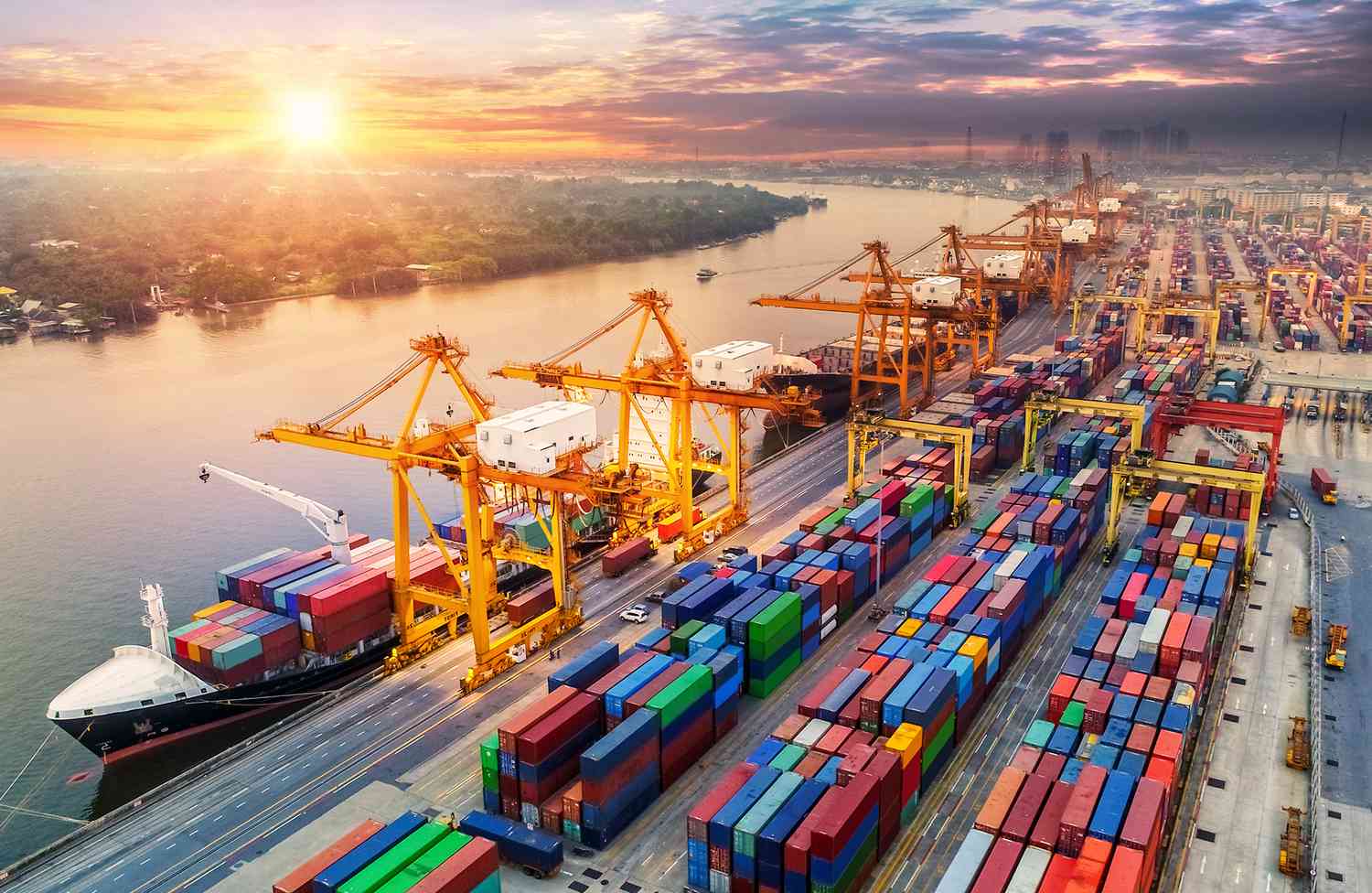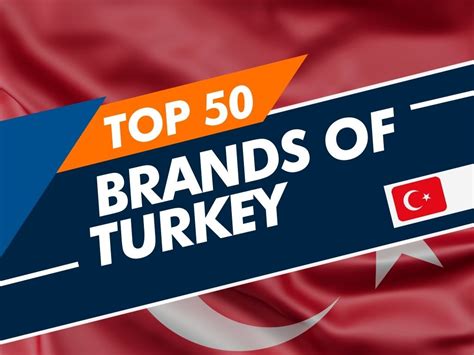Germany and Turkey share a robust trade relationship, with an array of goods continuously flowing between the two countries. However, exporting from Germany to Turkey involves more than just shipping a product; it requires a thorough understanding of both legal frameworks, meticulous planning, and strategic execution. This blog post is crafted to guide you through the essential steps and considerations to ensure a smooth export process from Germany to Turkey. We will delve into the intricacies of export regulations and documentation, unravel the complexities of tariffs and customs duties, help you select the most efficient transportation method, clarify the requirements for product compliance with Turkish standards, and offer strategies for managing logistics and enhancing your supply chain’s efficiency. Whether you’re a seasoned exporter or taking your first steps in international trade, mastering these areas will be crucial to the success of your export journey.
Titles
Understanding Export Regulations and Documentation
In the intricate world of international trade, the mastery of export regulations and documentation is an absolute necessity for businesses aiming to expand their markets beyond their domestic borders; it involves a comprehensive understanding of the legal framework governing export activities, which can include but are not limited to export licenses, classification of goods, and knowing the specific export documentation required for various countries to ensure compliance and avoid costly delays or penalties.
Moreover, navigating through the complexities of these regulations demands an acute awareness of the harmonized system codes, export control classifications, and the ever-changing landscape of trade agreements, such as the General Agreement on Tariffs and Trade (GATT), and international embargoes, all of which underline the crucial role of staying updated with the latest requirements as they can significantly impact the effectiveness of a company’s export procedures and its bottom line.
Furthermore, it’s imperative for businesses to meticulously prepare and manage a set of standardized export documents, which generally encompasses commercial invoices, packing lists, certificates of origin, bills of lading, and insurance certificates, wherein each document serves a specific purpose and requires detailed attention to ensure the accuracy of information provided, as any discrepancy can hinder the smooth transit of goods across international borders.
To conclude, gaining proficiency in export regulations and documentation is not merely about fulfilling a procedural mandate; it is essentially a strategic component of international trade that demands continuous learning, professional support, and a proactive approach to align with the dynamic global regulatory environment, ultimately leading to successful market expansion and international business growth.
When engaging in international commerce, dealing with tariffs and customs duties is an intricate part of the process that can significantly influence the cost and pricing strategies of your products; hence, understanding the complex network of trade agreements and taxations of each country becomes essential. To successfully navigate through these intricate economic barriers, businesses must diligently keep themselves updated with the constantly changing regulations and accurately classify their goods to avoid costly delays and penalties.
Customs duties are taxes levied on the import and export of goods, and they are determined by a harmonized system shared by most countries; however, certain local variations and exemptions can apply based on trade agreements, such as the Generalized System of Preferences (GSP) or free trade zones, which can provide substantial relief from these duties. It is crucial for exporters and importers to be aware of these possibilities and to meticulously prepare the correct documentation that substantiates their claims for any such concessions.
In an era where tariffs can be utilized as tools for political leverage, companies must implement strategic measures to minimize the impact of potential tariff hikes. This may involve re-evaluating their supply chains, considering alternative sourcing options, or taking advantage of tariff engineering—legally classifying goods in a manner that may result in a lower duty rate. It is imperative that companies engage with experienced customs brokers or consultants who specialize in international trade compliance to guide them through these dynamic and often opaque tariff environments.
Additionally, leveraging technology to forecast and simulate the costs associated with tariffs and customs duties can provide companies with invaluable insights into their international operations. Sophisticated software tools enable businesses to more accurately predict the financial implications of import/export activities, ensuring they can make informed decisions and maintain their competitive edge. In conclusion, effectively navigating tariffs and customs duties in today’s global market is a multifaceted challenge that requires a proactive approach, thorough research, and expert guidance.
Selecting the Optimal Transportation Method
When businesses venture into the international market, making an informed decision regarding the optimal transportation method is crucial for ensuring that products arrive safely, cost-effectively, and within the required time frame. Contemplating factors such as the nature of the cargo, the desired delivery time, the geographic distance, and the balance between transportation cost and efficiency plays a pivotal role in determining the most fitting conveyance strategy for your goods.
For bulk and non-perishable products, ocean freight often emerges as a preferred choice due to its comparative advantage in handling large volumes at reduced costs, notwithstanding its longer transit time. Conversely, when time is of the essence and the cargo necessitates swift delivery – potentially owing to a short shelf life or a strict deadline – air freight can offer the necessary expediency, albeit often at a higher cost, positioning itself as the quintessential method for time-critical shipments.
Furthermore, for those engaging in trade on a more regional scale or requiring door-to-door delivery, road transportation provides the versatility and convenience not found in other modes, buttressed by an extensive logistics network. Meanwhile, rail transport strikes a balance between cost-efficiency and speed, presenting an environmentally sustainable option for heavier and bulkier freight over longer distances, reflective of a growing emphasis on reducing carbon footprints within the supply chain operations.
Every transport mode has its distinct set of advantages and trade-offs, thereby demanding a meticulous analysis of the shipment’s characteristics and the business’s exigencies. The incorporation of various transportation methods, known as intermodal transportation, could often present the most advantageous solution, optimizing the strengths of different methods to achieve enhanced supply chain efficiency. Ultimately, selecting the optimal transportation method is a sophisticated decision matrix with the potential to significantly impact your business’s bottom line and market position.
Ensuring Product Compliance with Turkish Standards
The intricate process of ensuring product compliance with Turkish Standards is a crucial step for any business seeking to penetrate the Turkish market or maintain their standing within it; it necessitates a comprehensive understanding of the national regulations and a meticulous approach to conforming with these protocols. Adherence to the guidelines set by the Turkish Standards Institution (TSE), which is the pivotal body governing the quality and safety benchmarks in Turkey, is not merely about legal obligation but also intertwines with sustaining a brand’s reputation and consumer trust in a highly competitive economy.
In order to proficiently navigate the realm of Turkish compliance standards, businesses must engage in a rigorous examination of their product specifications and extensively assess them against the prevalent Turkish directives, such as the TSEK Quality Mark or the mandatory CE mark that signifies conformity with European Union standards that Turkey has adopted. This might encompass a broad spectrum of criteria ranging from material composition, design, labeling, and environmental impact, thus asserting the necessity for a systematic and well-coordinated approach towards product analysis and modifications if required.
Fostering a relationship with a local entity that specializes in understanding and implementing Turkish market compliance can significantly streamline the process, as they provide indispensable insights into the most current and relevant regulatory frameworks; moreover, they can facilitate testing, certification, and the intricate bureaucratic process that can often be daunting and labyrinthine to foreign entities. The strategic collaboration with these experts often leads to an efficacious outcome, ensuring that products not only meet the mandatory criteria but are also positioned advantageously within the Turkish marketplace.
Finally, it is clear that for companies eager to navigate the complexities of product compliance within this dynamic market, investing in continual updates, training and development programs for their team to comprehend and assimilate the latest Turkish regulations is paramount. Through an unwavering commitment to quality, safety, and customer satisfaction, companies can robustly establish their presence and build enduring relationships within Turkey, a market that bridges East and West and is essential for global trade and commerce.
Managing Logistics and Supply Chain Efficiency
In the intricate and dynamic realm of global commerce, the importance of managing logistics and supply chain efficiency is paramount, for it is the linchpin that ensures the smooth and cost-effective movement of goods from producers to consumers; adept management involves a meticulous choreography of planning, implementing, and controlling procedures to bolster the efficacy of goods’ flow, thereby reducing operational costs and enhancing customer satisfaction.
Delving deeper into the core strategies, one identifies that the utilization of cutting-edge technology, such as warehouse management systems (WMS) and transportation management systems (TMS), is instrumental in optimizing logistical operations; these technologies serve as the central nervous system of supply chain management, facilitating real-time tracking of inventory levels, orders, and deliveries, which in turn empowers businesses with the agility to adapt to market fluctuations and consumer demands expeditiously.
Furthermore, fostering collaborative relationships with stakeholders, including suppliers, distributors, and logistics partners, is a critical aspect of enhancing supply chain efficiency; the synthesis of a transparent communication network coupled with the sharing of forecasting and inventory data enables the syndicate to operate as a cohesive entity, minimizing bottlenecks, and preempting potential disruptions, which can otherwise ripple through the supply chain and magnify inefficiencies.
Lastly, continuous improvement methodologies, such as Lean or Six Sigma, are integral to refining logistics and supply chain processes; these systematic approaches focus on reducing waste, preventing defects, and promoting a culture of sustained improvement that drives the evolution of supply chain practices toward greater efficiency and responsiveness to the ever-changing market conditions and customer expectations.






